For many seniors on fixed incomes, the cost of prescription drugs can be overwhelming. A single monthly medication might cost $50, $100, or more - and if you’re taking several, those bills add up fast. That’s where the Extra Help Program comes in. This federal program, officially called the Part D Low-Income Subsidy (LIS), cuts prescription drug costs for low-income Medicare beneficiaries. Since January 2024, the rules have changed to make it simpler: everyone who qualifies now gets full benefits, not partial ones. That means no premiums, no deductibles, and very low copays - sometimes as little as $1.60 for generic drugs.
Who Qualifies for Extra Help?
You don’t need to be broke to qualify. The income limits for 2025 are $23,475 a year for a single person and $31,725 for a married couple living together. These numbers are based on your adjusted gross income plus any tax-exempt interest. It’s not about how much you own - it’s about what you earn and what you can actually access.Resources matter too. You can have up to $17,600 in countable assets as a single person, or $35,130 as a couple. But here’s the catch: not everything counts. Your home, one car, personal belongings, furniture, and up to $1,500 set aside for burial costs are all ignored. Retirement accounts like IRAs and 401(k)s count, but only the balance - not future withdrawals. Many people think they’re too rich because they have savings, but if that money is locked in a retirement account, it might not push them over the limit.
There are also income exclusions you might not know about. The first $20 of monthly income doesn’t count. The first $65 of earned income (like part-time work) doesn’t count, and half of anything over that is also ignored. If your adult child is in the military and sends you money, that doesn’t count either. These rules mean more people qualify than they think.
How Do You Get Extra Help?
There are three ways to get into the program: automatic enrollment, simplified application, and full application.If you already get Supplemental Security Income (SSI), Medicaid, or are enrolled in a Medicare Savings Program (MSP), you’re automatically signed up. About 12.5 million people got Extra Help this way in 2024. You don’t have to do anything. You’ll get a letter from Social Security confirming it.
If you don’t qualify automatically, you can apply. The easiest way is online at ssa.gov/extrahelp. You can also call 1-800-772-1213, or visit your local Social Security office to fill out Form SSA-1020. You’ll need your Social Security number, proof of income (like your last tax return or pay stubs), and details about your savings and investments. Don’t forget to include any income from pensions, Social Security, or part-time work.
Processing takes about 3 to 6 weeks, but 87% of applications are done in 21 days or less. The approval rate is around 72% for first-time applicants. Common mistakes? People include income that doesn’t count - like child support or military payments. Others miscount their assets, forgetting that their home and car don’t count. Missing documents is the biggest issue - about 22% of applications get rejected just because something’s missing.
What Does Extra Help Actually Cover?
Once you’re approved, the savings are immediate and substantial. Here’s what you get:- No monthly Part D premiums. You can choose any Medicare Part D plan with a $0 premium - and there are usually 2 to 7 of them in your state.
- No deductible. In 2025, the standard Part D deductible is $595. Extra Help pays it for you.
- Low copays. If your income is at or below 100% of the Federal Poverty Level, you pay $1.60 for generics and $4.80 for brand-name drugs. If you’re between 100% and 150%, you pay up to $4.90 for generics and $12.15 for brand names.
- No late enrollment penalty. If you didn’t sign up for Part D when you first qualified for Medicare, you usually get hit with a monthly penalty. Extra Help removes that.
- Insulin costs capped at $35 per month. This started in 2025 and applies to all Extra Help recipients.
- Zero cost for vaccines. Flu, pneumonia, shingles, and other recommended vaccines are free.
On average, Extra Help saves enrollees about $6,200 a year on prescription drugs. For someone taking five or six medications, that’s the difference between choosing between food and medicine - or worse, skipping doses.
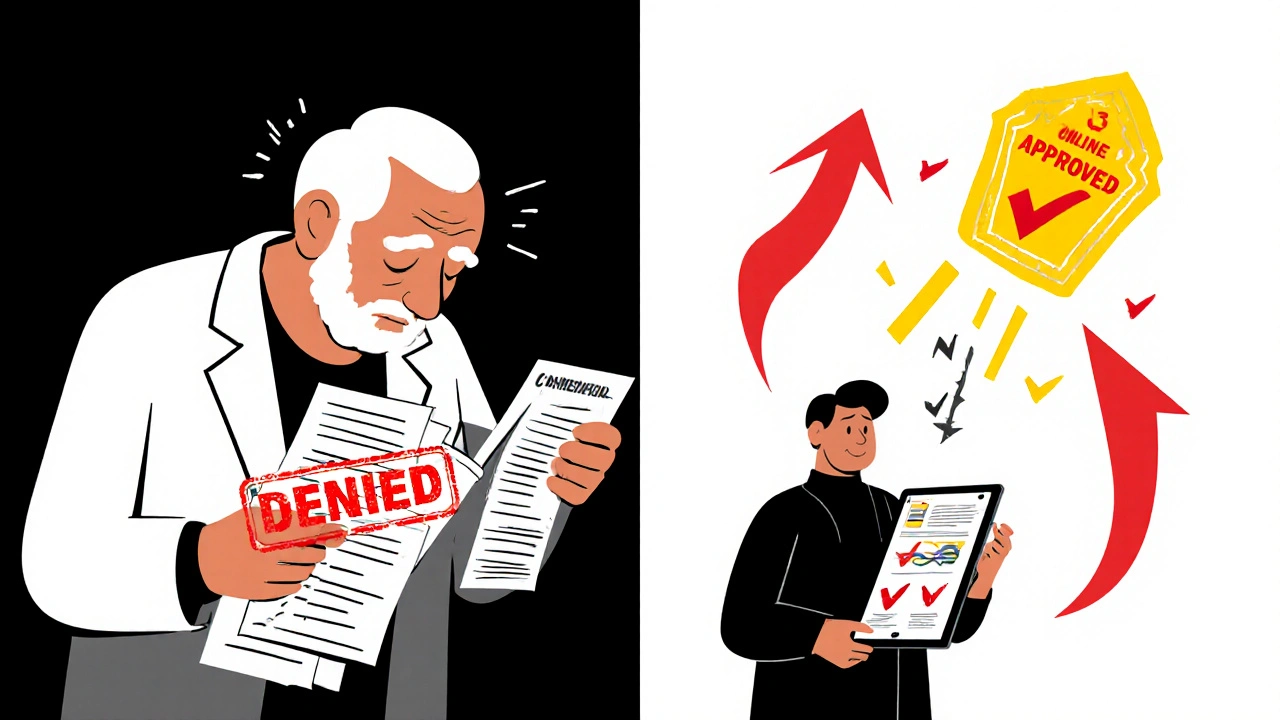
Why So Many People Miss Out
Despite the clear benefits, the Government Accountability Office found that 4.3 million eligible seniors aren’t enrolled. That’s $26.8 billion in unused assistance every year. Why?Many think they make too much money. Others assume the application is too complicated. Some don’t know it exists. And a lot of people don’t realize that even if they’re just a little over the income limit, they might still qualify after exclusions are applied.
One common myth is that owning a home or a car disqualifies you. It doesn’t. Another is that you have to be 100% poor. You’re not. The program is designed for people on fixed incomes who still struggle with drug bills - not just those living below the poverty line.
There’s also a gap in outreach. Many seniors get information from pharmacies or doctors who don’t always know the details of Extra Help. Social Security doesn’t proactively contact people unless they’re already on SSI or Medicaid. That’s why applying - even if you’re unsure - is the best move.
What Happens After You Apply?
If you’re approved, you’ll get a letter from Social Security. Then, if you’re not already enrolled in a Part D plan, you’ll be automatically enrolled in one with a $0 premium. You’ll get a new Medicare card showing your Extra Help status. Your pharmacy will see your benefits when you present your card - no extra steps needed.The whole process from application to coverage usually takes about 45 days. If you’re in a rush - say, you just got a new prescription and can’t afford it - there’s a temporary option called LINET, offered by Humana. It gives you up to two months of free coverage while your Extra Help application is being processed.
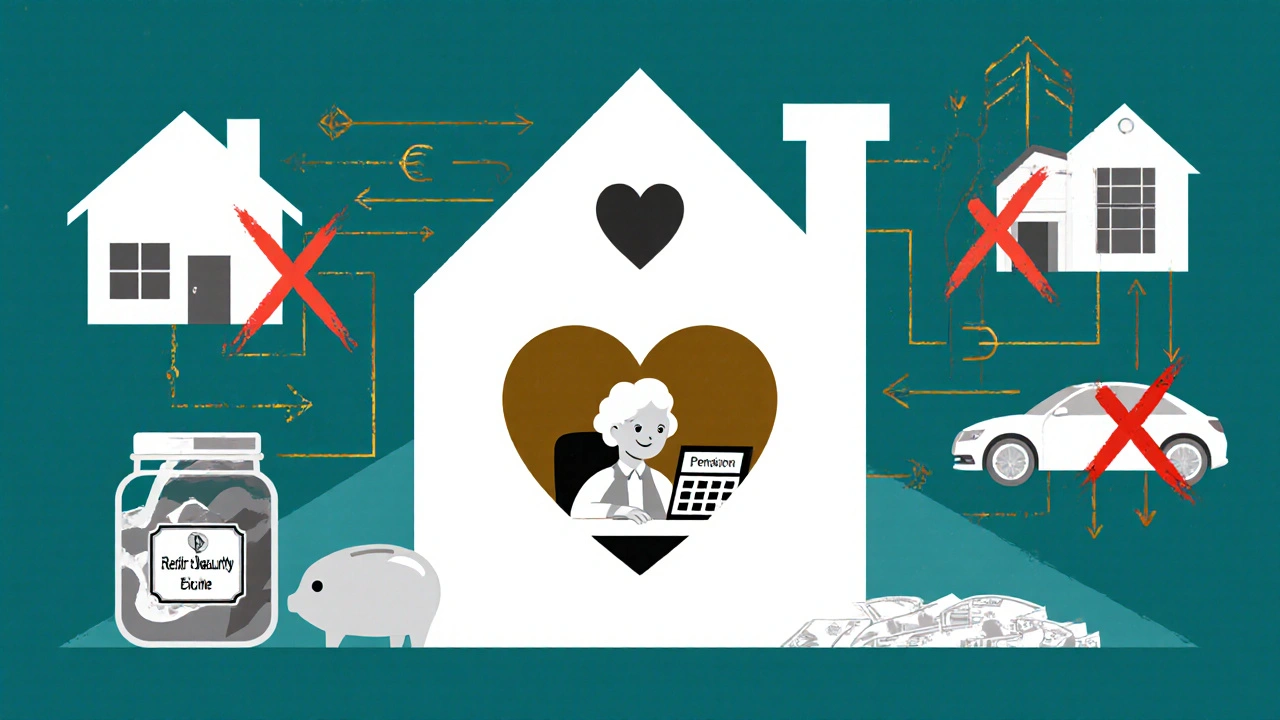
What If You’re Denied?
If you’re denied, don’t give up. You can appeal. Review the letter carefully - it’ll tell you why you were turned down. Often, it’s because Social Security didn’t get the right documents, or they miscounted your income. You can call 1-800-772-1213 and ask for a reconsideration. Bring updated bank statements, tax forms, or proof of excluded income. Many denials are overturned on appeal.You can also reapply. The income and resource limits change every year. What disqualified you in January might not in October. If your income dropped last year - maybe you retired or your hours were cut - it’s worth trying again.
Next Steps: What to Do Today
If you or someone you know is a senior on Medicare and struggling with prescription costs, here’s what to do right now:- Check your current Part D plan. Are you paying a premium? A deductible? High copays? If yes, you might qualify for Extra Help.
- Calculate your income. Add up your Social Security, pension, IRA withdrawals, and any part-time work. Subtract the $20 and $65 exclusions. Is it under $23,475 (single) or $31,725 (couple)?
- Check your assets. Add up your checking, savings, and investment accounts. Don’t include your home, car, or personal items. Is it under $17,600 (single) or $35,130 (couple)?
- Go to ssa.gov/extrahelp and start the application. It takes less than 15 minutes.
- If you’re unsure, call 1-800-772-1213. A representative can walk you through it.
You don’t need a financial advisor. You don’t need to hire someone. This is a government benefit you’ve paid into. Use it.
Do I have to reapply for Extra Help every year?
No. Once you’re approved, your eligibility is reviewed automatically each year. If your income or resources change significantly, Social Security will contact you. But in most cases, you stay enrolled without doing anything.
Can I still get Extra Help if I have a Medicare Advantage Plan?
Yes. Extra Help works with any Medicare Part D plan, including those bundled into Medicare Advantage plans. Your drug coverage is still covered under the program - you just need to make sure your plan includes Part D. If you’re unsure, call your plan provider and ask if they accept Extra Help.
What if my income goes up next year?
If your income increases above the limit, you’ll be notified and your Extra Help may be reduced or ended. But you won’t lose it immediately. Social Security reviews your income each year, usually based on your tax return from two years prior. So if your income rose in 2024, you might still get Extra Help in 2025.
Does Extra Help cover over-the-counter medications?
No. Extra Help only covers prescription drugs that are on your Part D plan’s formulary. Over-the-counter medicines like pain relievers, allergy meds, or vitamins are not included - unless they’re prescribed by your doctor and added to your plan’s list.
Can I switch my Part D plan after I get Extra Help?
Yes. You can change your Part D plan once a year during the Annual Enrollment Period (October 15 to December 7). But because Extra Help gives you access to $0 premium plans, you can also switch at any time if your current plan stops offering Extra Help benefits or raises its copays. Just call 1-800-MEDICARE to make the change.

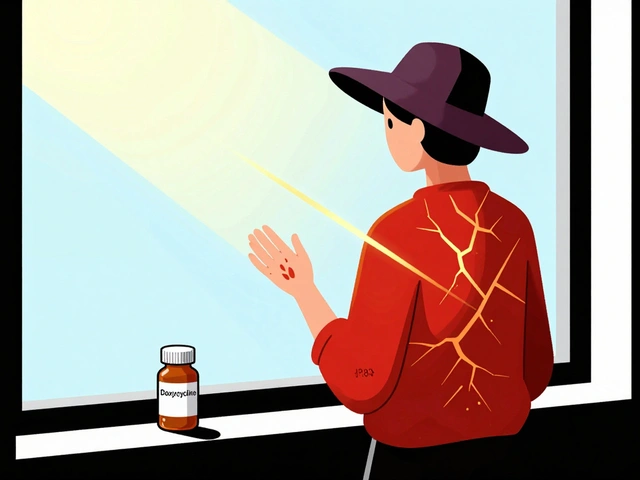
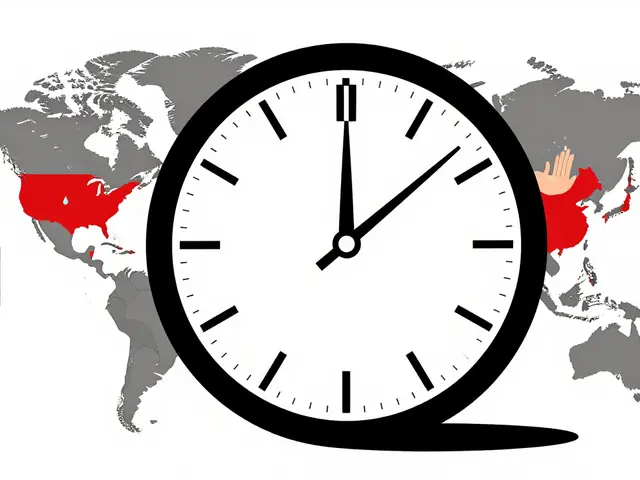

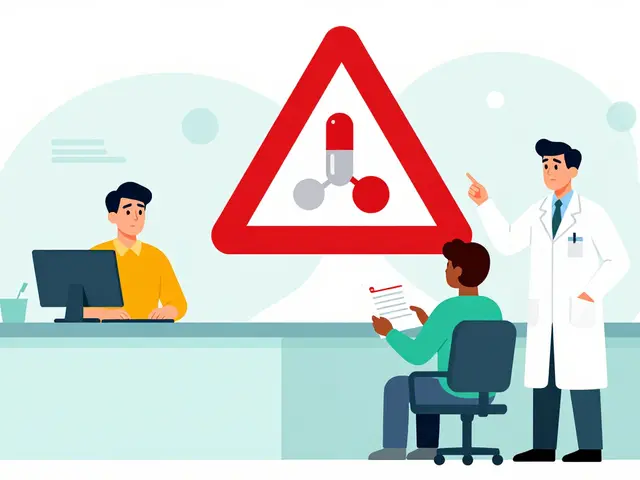

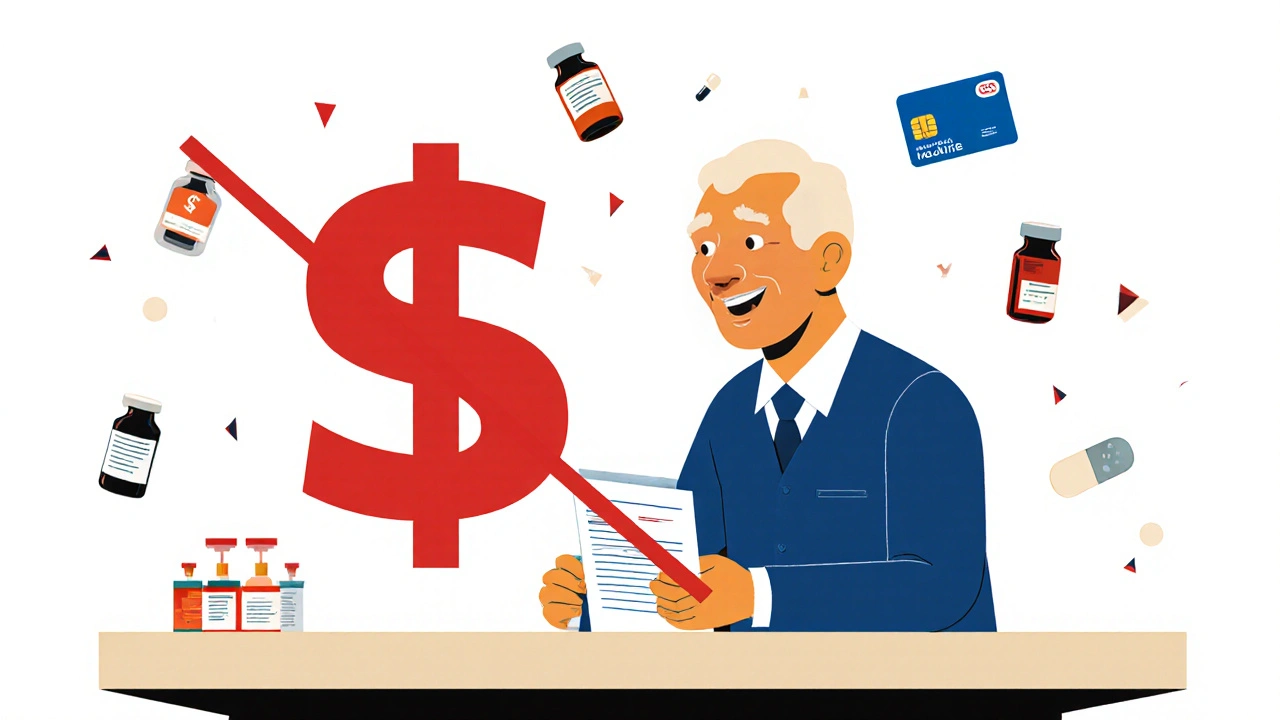
Write a comment